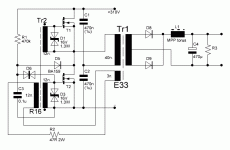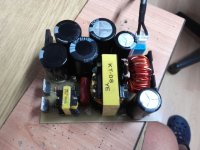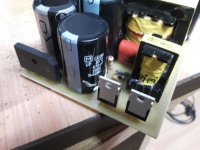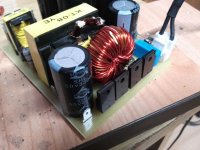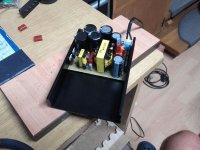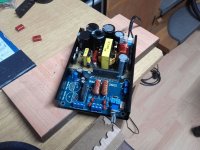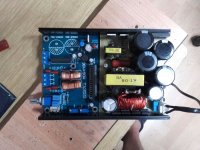Silvio
Well-known member
Be careful about the switching frequency, most atx psu work at around 20 to 25Khz, so the windings are for that frequency.
If you have a lower frequency the core will get hot.
You can check what capacitor and resistor was there on the oscillator chip of the old atx psu that you dismantled the trafo from it, and you can calculate the frequency it use to work on.
Have you any means of checking the frequency your psu is working at?
Ferrite cores tend to get a little hot but not to worry much if say it will be under 100 degrees it will be ok but not more. You can add fan to keep things cool
Hope that helps
If you have a lower frequency the core will get hot.
You can check what capacitor and resistor was there on the oscillator chip of the old atx psu that you dismantled the trafo from it, and you can calculate the frequency it use to work on.
Have you any means of checking the frequency your psu is working at?
Ferrite cores tend to get a little hot but not to worry much if say it will be under 100 degrees it will be ok but not more. You can add fan to keep things cool
Hope that helps

